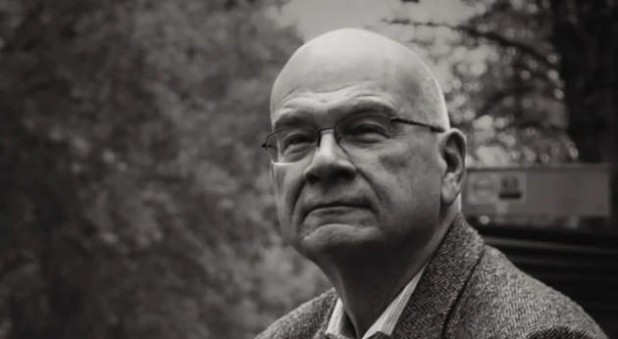Timothy Keller: His Spiritual and Intellectual Formation by Collin Hansen (Zondervan Reflective)
Reading Collin Hansen’s book on Dr Tim Keller is like a digest on where all his best ideas came from: gospel renewal; Christ-centred preaching; evangelistic worship; cultural engagement; theological vision; and care for the poor.
You name it, Hansen sources it. And here is the thing you learn from the book: that those ideas did not come from Keller.
This is not a biography of one person. Rather, it is a series of miniature biographies of the many people God used to form Keller’s thinking and ministry before he arrived in New York City, aged 39, to begin Redeemer Presbyterian Church with his wife, Kathy.
Timothy Keller: His Spiritual and Intellectual Formation is, quite frankly, an account of Keller’s crowdsourcing skills, back when crowdsourcing required patience, time and listening – and, most of all, curiosity.
Keller draws from the ancients: Augustine, Luther and Edwards. He found great wisdom from British evangelicals such as Stott, Packer and Lloyd-Jones, and the North American contingent also features heavily – R.C. Sproul, Jack Miller and Richard Lovelace. It would appear Edmund Clowney is key, as are C.S. Lewis and J.R.R. Tolkien.
There are people no one has heard of, namely the working-class folk in his first pastoral position in Hopewell, Virginia. And, importantly, there are the voices of many women, including Elisabeth Elliot, Barbara Boyd, Nancy DeMoss and, of course, Kathy Kristy, who became Kathy Keller.
Most important is the Bible, Old and New Testament, read through the lens of Christ. And then applied to lives.
That’s not to say that Keller “stole” ideas or is unoriginal, but rather that he appears thirsty to learn from many sources. Hansen argues that, far from stealing the ideas, Keller synthesised them from a previous generation, and then articulated them for a new one.
I got to know Tim a little, both here in Sydney (when he visited in 2014) and when I was living in New York City. One of the first things that strikes you about him is his intense curiosity, listening ear and ability to ask questions. Such a thirst is, in many ways, the subject of this book.
The book is divided into four parts, but to me it reads like two: pre-NYC and post-NYC. What he experienced before being called to Redeemer, and what fruit came of it in NYC and globally.
Some readers will love the thoughtfulness of the first half – it begins with a lot of good theology and ministry formation. Others will like the humanness of the second half where, among other things, you get a glimpse of the Kellers’ decision to come to New York, the suffering faced along the way (including his current diagnosis of Stage 4 pancreatic cancer), and the growth pains after that terrible day on September 11, 2001.
Like Keller’s sermons, in the first half you’ll be taking notes, but in the second half you’ll find yourself putting your pen down.
Don’t expect the book to be emotional. Warm, but not riveting. Most memorable is Hansen’s retelling of the story of how Tim’s gay brother left the family, contracted and then died of AIDS, and his journey back to grace in the final days of his life. Hansen tracked down the script of the sermon Tim preached at his brother’s funeral. The book is worth it for that moment alone.
I lived in New York City and ministered for three years in an Anglican church on Manhattan that had its origins in Redeemer Presbyterian. I spent a year in one of their incubator cohorts, asking together how we might develop a theological vision for our particular church plants. I benefited greatly from Dr Keller’s ministry, and, quite frankly, moved to the centre of Sydney because I believed then (and now) the vision of city-centre churches.
I now serve as chairman of the board of City to City Australia, which brings the myriad of ideas and resources developed by Dr Keller and his team to churches (plants, pots and established) here in Australia. I think this book lacks any serious exploration of the City to City movement, which is so important to Dr Keller now. And naturally, I’d like people to look into the work being done in Australia through that movement. This book, along with Tim’s other books, may cause you to do that.
But really the interest I have is in the work itself: gospel, contextualised, sensitive to the outsider, delivered with grace and humility. Hansen writes of Keller that “He never gave up on the vision of the bowed head”. May God grant to us the same vision.
The Rev Justin Moffatt is senior minister of Church Hill Anglican.




















